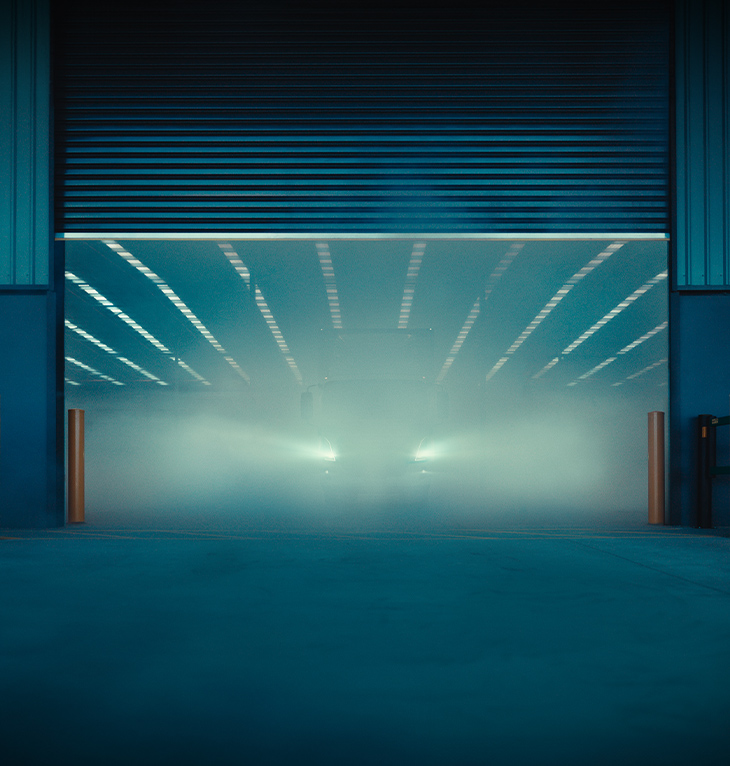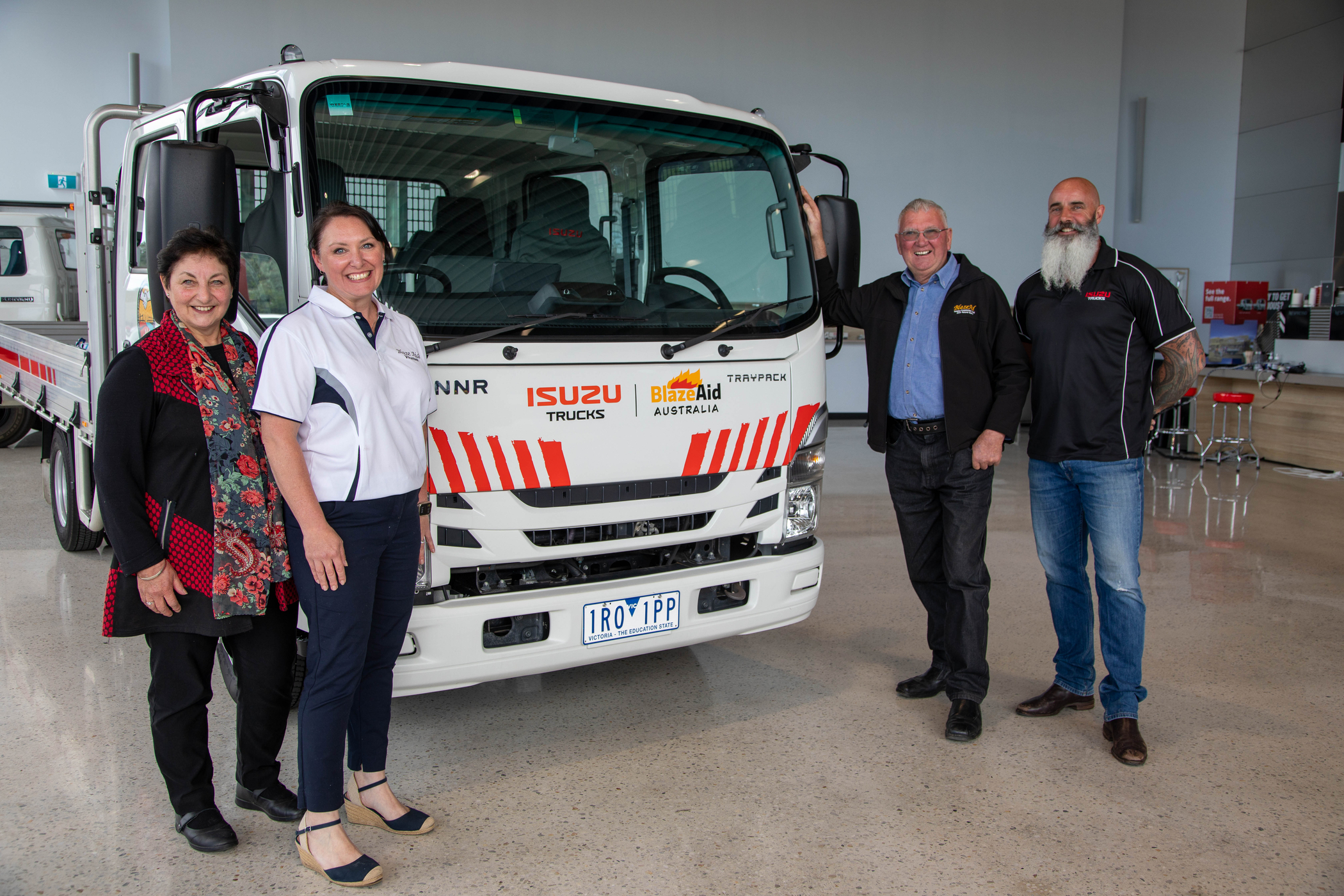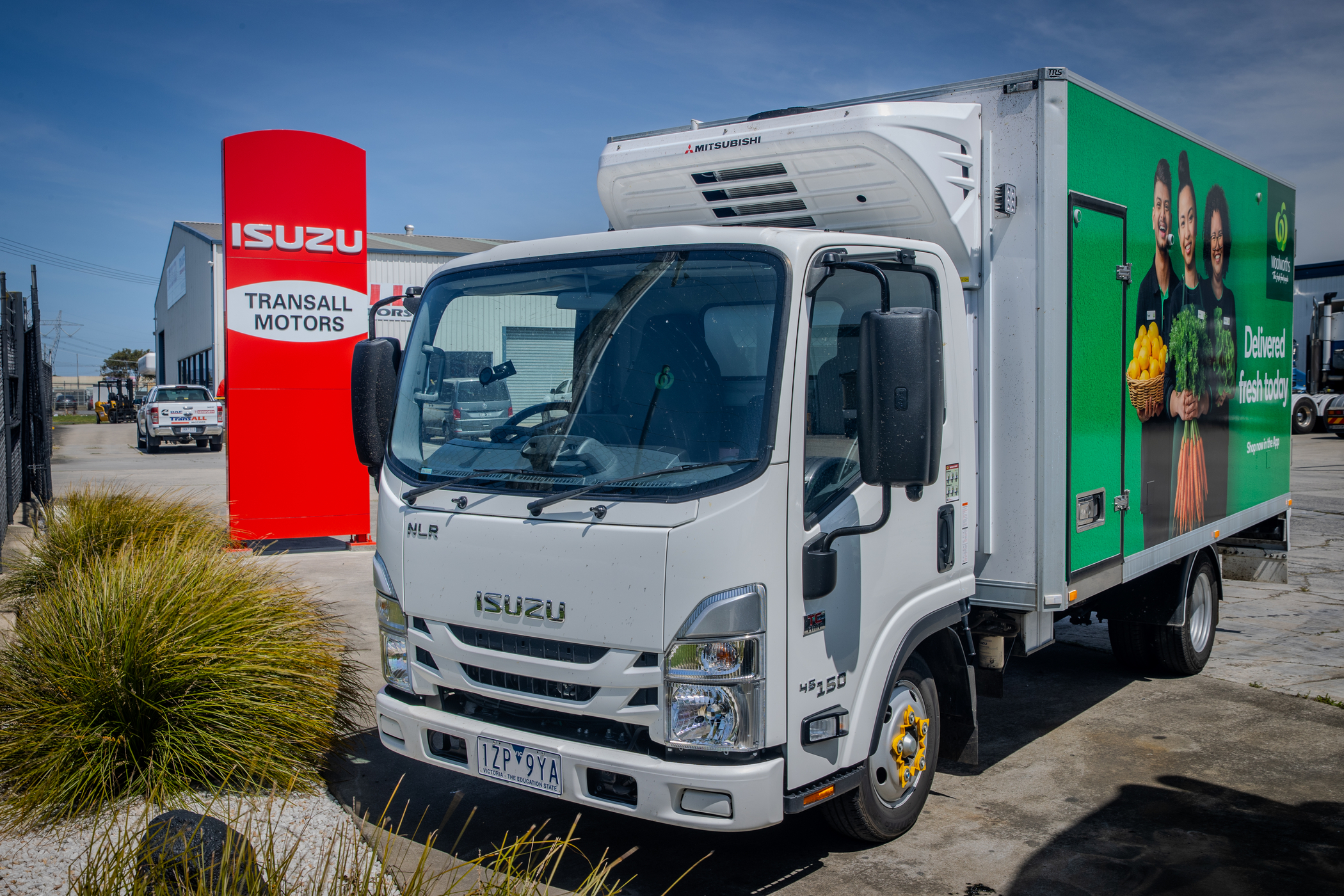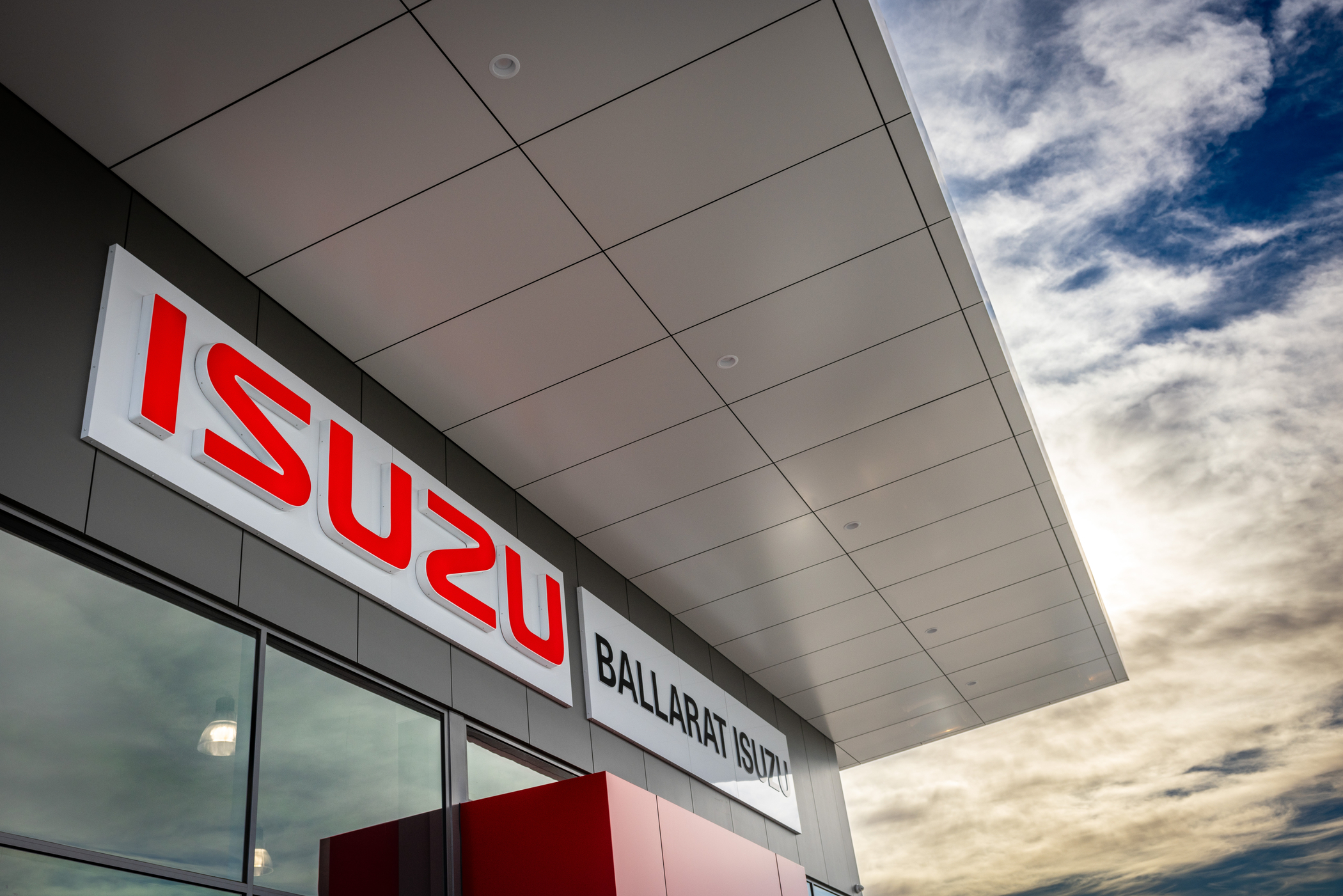Business growth is always a special accomplishment, and in the period between 1990 and 1992, I-GM enjoyed further expansion with the purchase of an assembly plant in Dandenong in Melbourne’s east, where complete knocked down (also known as CKD) trucks were assembled.
Originally, the N Series and F Series models were assembled from CKD packs delivered from Japan to the Dandenong assembly site. With the decision to purchase the Dandenong assembly plant, even more trucks were assembled—all with the added benefit of creating local jobs. By sourcing Australian products to complete the assembly, I-GM further cemented its status as an industry leader.
 F Series trucks
F Series trucks
 F Series refrigerated truck
F Series refrigerated truck
As the local audience for Isuzu’s sturdy vehicles grew, so did their range of models.
For I-GM, 1992 was a particularly dynamic year.
Buyers were treated to an impressive choice with I-GM’s largest range of car licence N Series models, which comprised seven variants to choose from.
The year also saw updates resulting in an all-new F Series range; the introduction of an automatic transmission in the NPR 200; and the unveiling of the groundbreaking NPS 300 4x4.
Key products
All FVM and FVZ models, as well as the FVR 900, had their front axle capacity increased from 6,000 kg to 6,300 kg for added capacity and vocational flexibility.
Other product upgrades in the 1992 F Series range saw the inclusion of a 7.1-litre, overhead camshaft diesel engine, which was the most advanced available, delivering smooth performance and extra grunt. An increase of brake lining width and drum diameter offered braking efficiency for peace of mind, while an ergonomic cabin design meant better comfort for drivers.
 F Series cabin interior
F Series cabin interior
The year also saw Isuzu’s first NPR 200 fitted with an automatic transmission, and the debut of the NPS 300—the first 4x4 light truck in the global Isuzu range. With its 3-tonne payload and excellent off-road credentials, the NPS 300 4x4 added more choice to an already versatile range.
Isuzu also introduced the 4HF1 and 6HE1 engines—patented direct-injection diesel engines with overhead camshaft technology, which meant a reduction in noise and pollution, changing the face of the till-then notorious reputation of direct injection.

An FVR 900 engine
At this point, almost all of the N Series and F Series models featured overhead camshaft technology, which increased performance and provided better economy by eliminating pushrods. In another significant development, the introduction of a reinforced ladder frame engine block ensured a longer lifespan.
In this year
During this period, Isuzu Motors Limited (Japan) manufactured an average of 270,000 diesel engines each year, a figure that made the brand Japan’s largest producer of diesel engines and trucks.

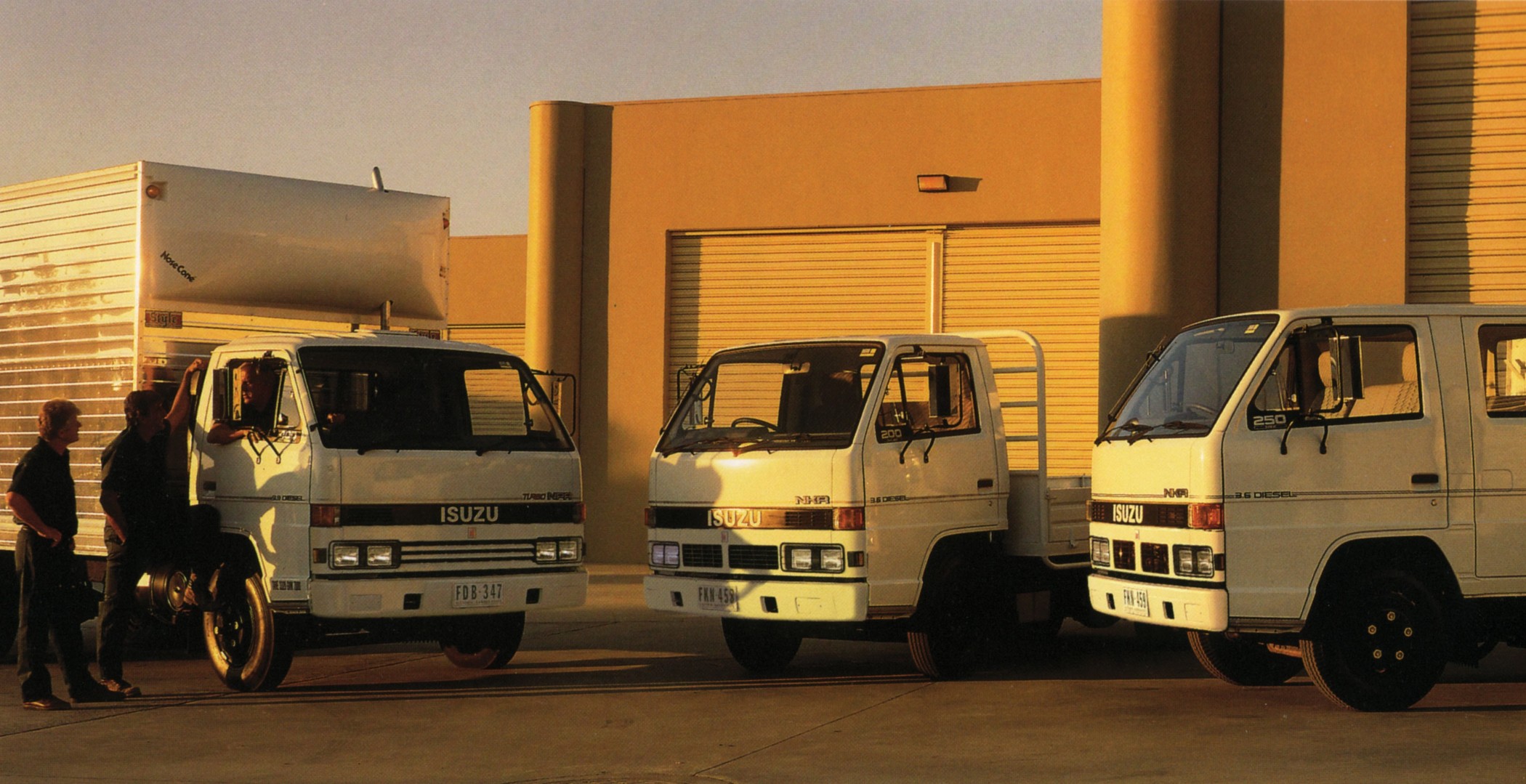
 F Series trucks
F Series trucks F Series refrigerated truck
F Series refrigerated truck F Series cabin interior
F Series cabin interior


